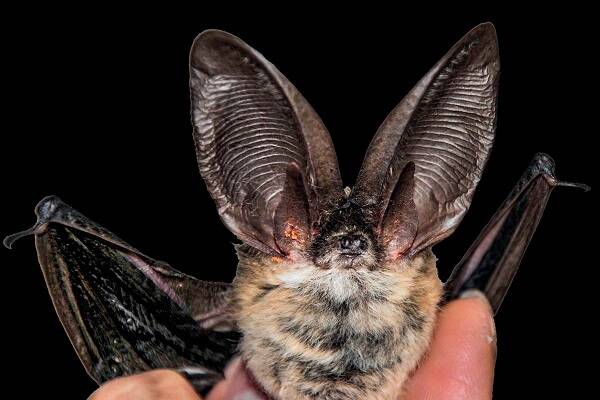
Plecotus austriacus
Big eared bat, rabbit eared bat,Plecotus austriacus, ghost bat, brown big eared bat, common big eared bat
The grey-eared bat has an ear that reaches or exceeds the length of the head···
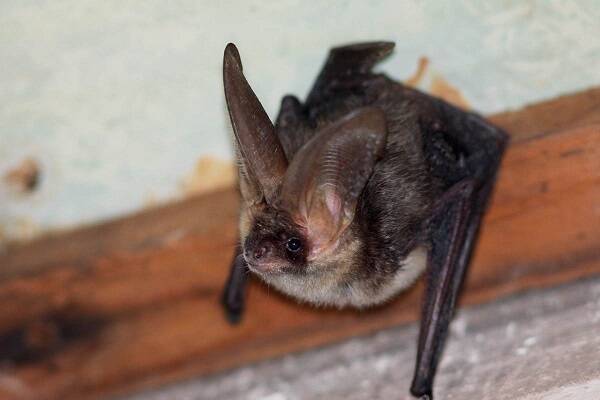
Long-eared Bat
Long-eared bat, rabbit-eared bat, ghost bat, brown big-eared bat, common big-eared bat,Long-eared Bat,Plecotus auritus
The big eared bat, also known as the long eared bat or rabbit-eared bat, is ···
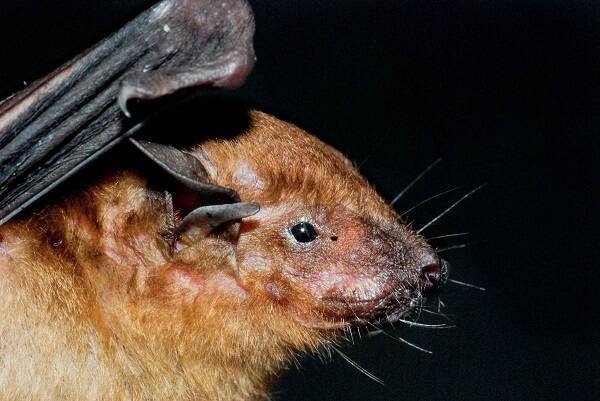
Scotophilus kuhli
Scotophilus kuhli
The little Yellow bat, which ranges from sea level to 1100m above sea level,···
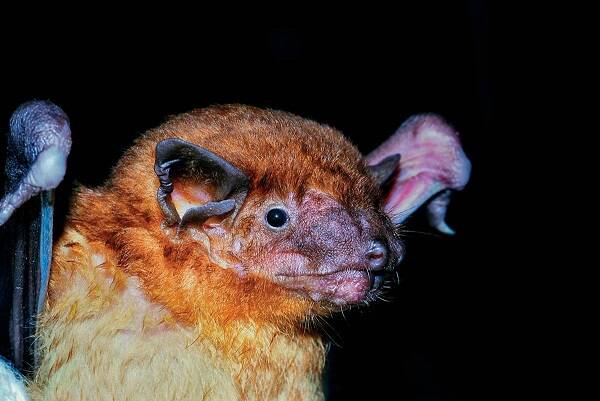
Scotophilus heathi
Scotophilus heathi
Rhubarb bats are tropical species, living in ancient temples, ancient pagoda···
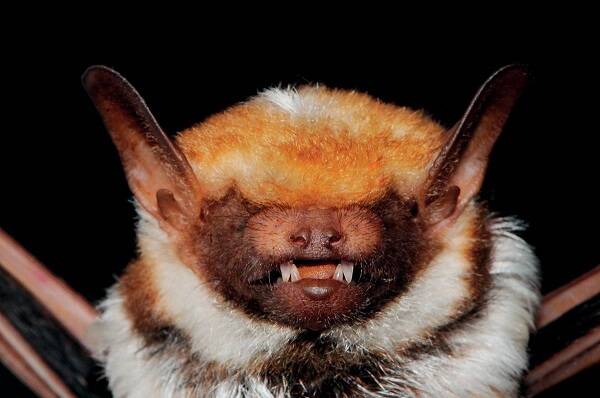
Harlequin Bat
Harlequin Bat,Scotomanes ornatus
The species is rare in number and is found in Assam. Inhabits in tropical, t···
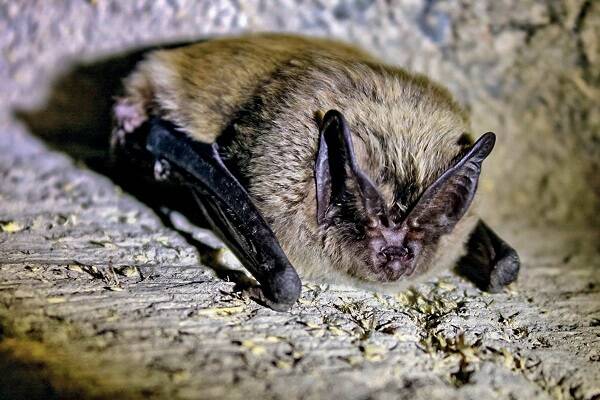
Barbastella leucomelas
easternbarbastelle,Barbastella leucomelas
Asian broad-eared bats live in caves, bark, or buildings in northern or alpi···
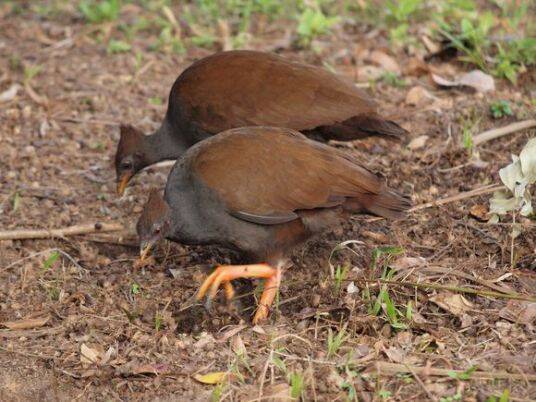
Megapodius reinwardt
Orange-footed Scrub Fowl,Megapodius reinwardt
The pheasant is known as the Megapodius reinwardt or Orange-footed Fowl; its···
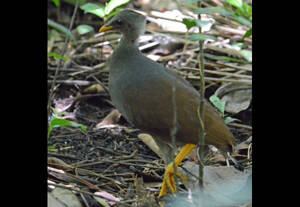
Tongan Scrubfowl
Megapodius pritchardii,Tongan Scrubfowl
The Tongan Scrubfowl (Megapodius pritchardii) is an omnivorous bird that eat···
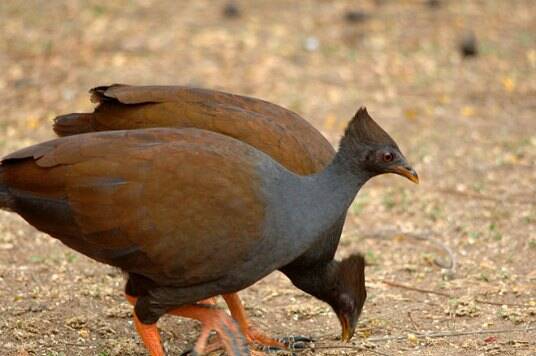
Megapodius nicobariensis
Megapodius nicobariensis,Nicobar Scrubfowl
The Nicobar Scrubfowl (Megapodius nicobariensis) is a large and medium-sized···
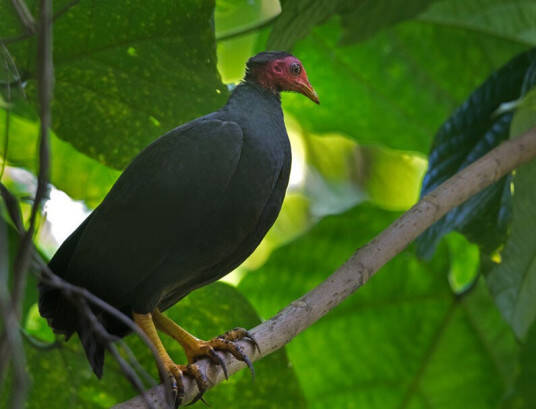
Megapodius layardi
Megapodius layardi,Vanuatu Scrub Fowl
Vanuatu Scrub Fowl is a genus of Megapodius layardi and Vanuatu scrub fowl. ···
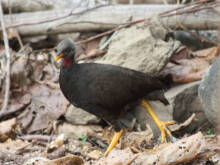
Megapodius laperouse
Megapodius laperouse,Micronesian Scrubfowl
The Micronesian Scrubfowl (Megapodius laperouse) is a large and medium-sized···
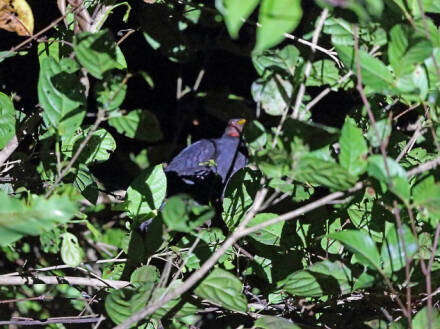
Megapodius geelvinkianus
Megapodius geelvinkianus,Biak Scrubfowl
Biak Scrubfowl (Megapodius geelvinkianus).The diet of the megacan is mainly ···
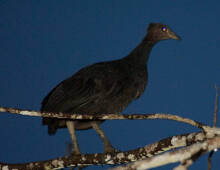
Megapodius freycinet
Megapodius freycinet,Dusky Scrubfowl
The common Megapodius freycinet, also known as Dusky Scrubfowl, is a species···
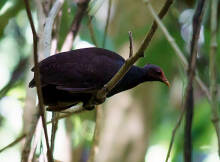
Megapodius eremita
Megapodius eremita,Melanesian Scrubfowl
Melanesian Scrubfowl (Megapodius eremita).The diet of Melanesian megapods is···

Megapodius decollatus
Megapodius decollatus,New Guinea Scrubfowl
New Guinea Scrubfowl (Megapodius decollatus).The diet of New Guinea megapods···
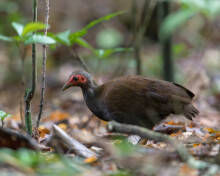
Sula Scrubfowl
Sula Scrubfowl,Megapodius bernsteinii
The Sula Scrubfowl (Megapodius bernsteinii) is a large terrestrial bird ende···
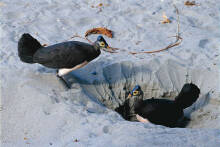
Macrocephalon maleo
Macrocephalon maleo,Maleo
Macrocephalon maleo (Macrocephalon maleo) is the only species of the genus M···
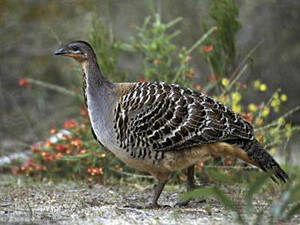
Malleefowl
Malleefowl,Leipoa ocellata
Malleefowl (Leipoa ocellata), no subspecies.The pheasant is very timid and c···
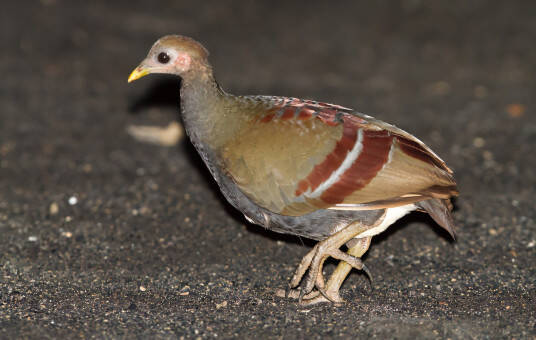
Eulipoa wallacei
Eulipoa wallacei,Moluccan Scrub Hen
The pheasant is known as Eulipoa wallacei or Moluccan Scrub Hen.Protect wild···

Australian Brush-turkey
Australian Brush-turkey,Alectura lathami
The Australian Brush-turkey pheasant (Alectura lathami) has two subspecies.T···
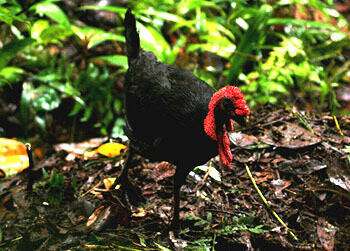
Aepypodius bruijnii
Bruijn’s Brush Turkey,Aepypodius bruijnii
Its scientific name is Aepypodius bruijnii, and its foreign name is Bruijn&#···
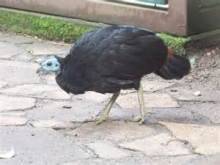
Aepypodius arfakianus
Aepypodius arfakianus,Wattled Brush-turkey
Wattled Brush-turkey (Aepypodius arfakianus) has a special nesting habit. It···
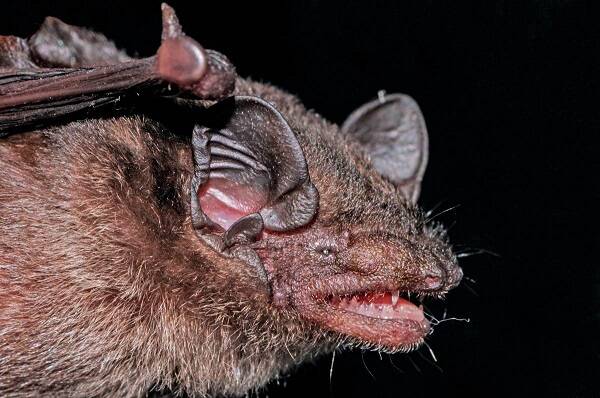
Tylonycteris robustula
Tylonycteris robustula,Great Club-footed Bat
The brown bat species is rare. It is a tropical bat that lives in bamboo hol···
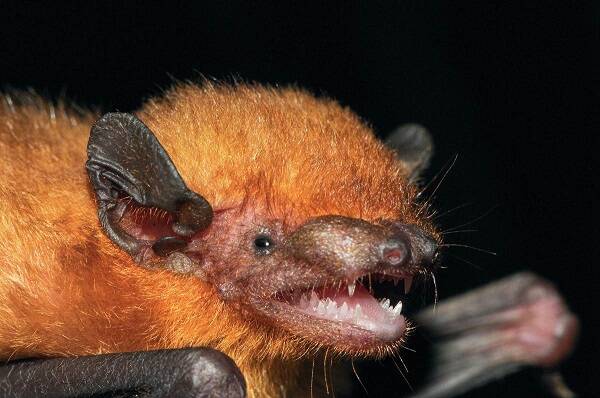
Lesser Club-footed Bat
Lesser Club-footed Bat,Tylonycteris pachypus
The bat is the smallest bat in the world, and the only one in the world that···
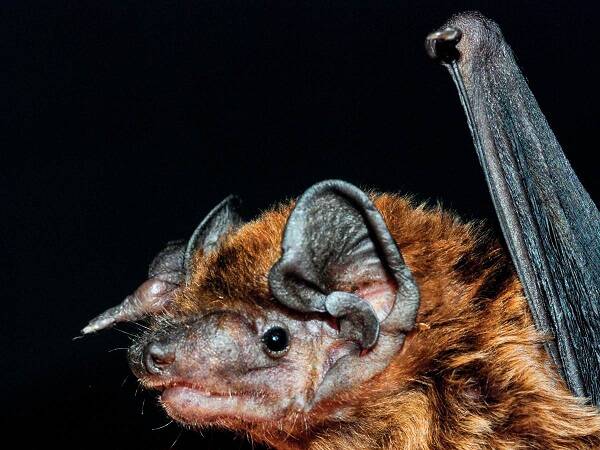
Chinese Noctule
Chinese Noctule,Nyctalus plancyi
The Chinese bat lives in old buildings, tree holes and caves. The cluster is···
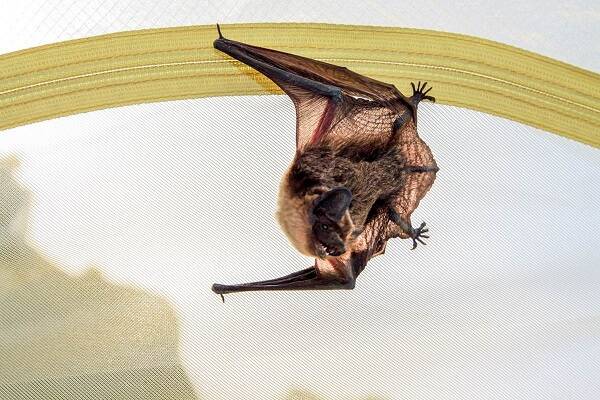
Nyctalus noctula
Nyctalus noctula
Brown bats live in small groups. Generally, more than 10 clusters are active···
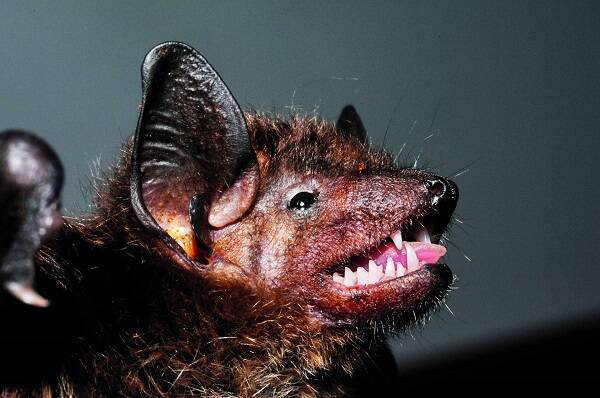
Serotine
Serotine,Eptesicus serotinus
Large brown bats live in a variety of habitats, including caves, rock crevic···
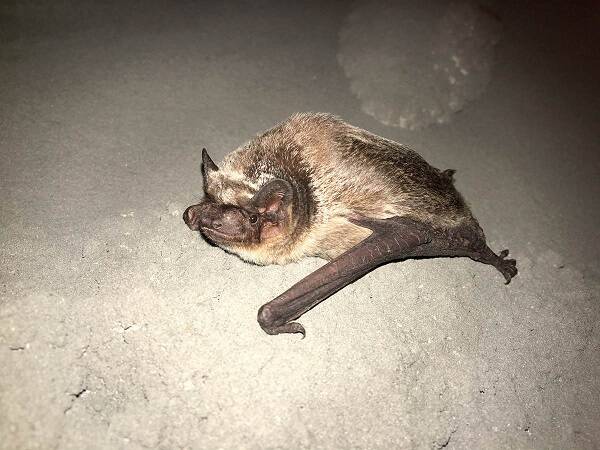
Vespertilio sinensis
Vespertilio sinensis
Eastern bats belong to human animals, often inhabit all kinds of artificial ···

Miniopterus fuliginosus
Big Bat, Big Night bat,Ia io
Southern bats live in tall caves, with 3-5 or more than 10 individuals lurki···
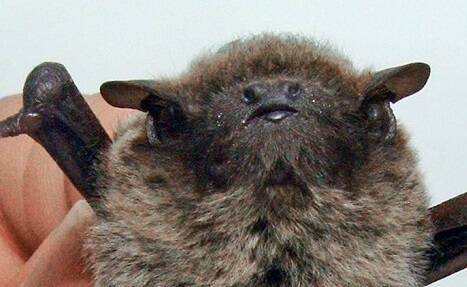
Pipistrellus pulveratus
Pipistrellus pulveratus,Hypsugo pulveratus
It is a carnivorous bat that hunts in waters or near villages, feeding on in···
